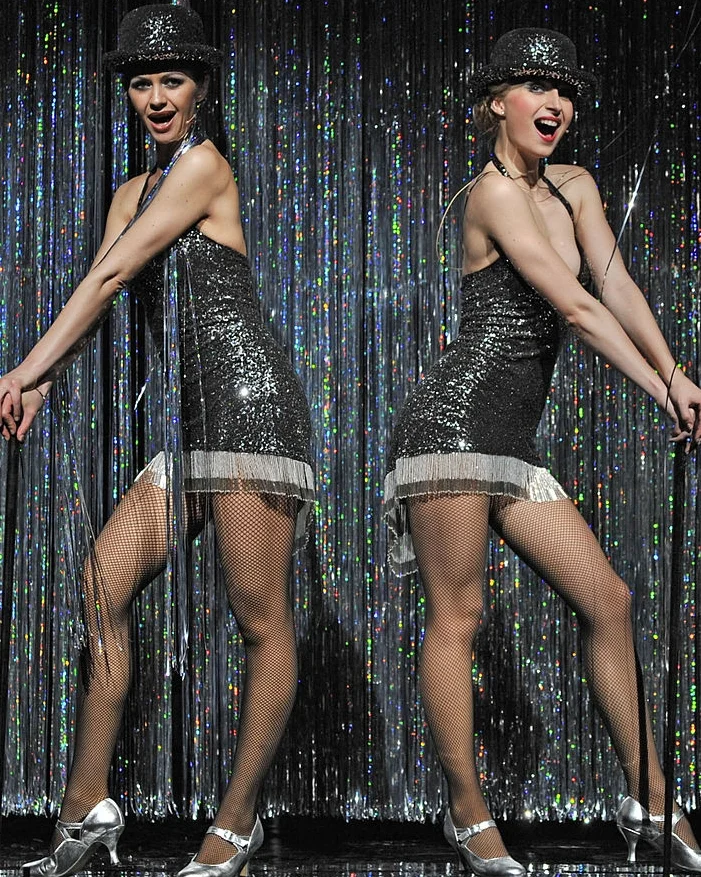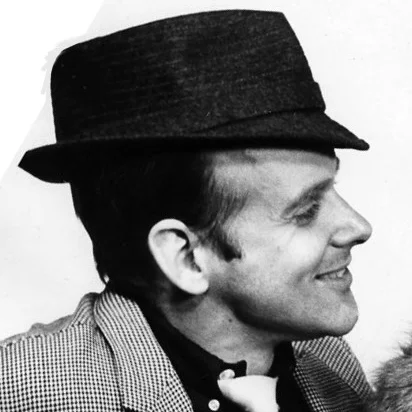The history of the musical Chicago
Over our six week autumn courses we taught “Hot Honey Rag” from the musical Chicago at part our Vintage musicals course, an iconic musical number and a Broadway standard. But, did you know that this musical is actually based on a true story that happened in the 1920s?
In the 1920s several cases arose, which involved women killing their lovers or husbands. The press came really intrigued with these cases, because it seemed that, in Chicago, after a long string of acquittals by Cook County juries of women murderesses, feminine or attractive women could not be convicted. In 1924 Maurine Dallas Watkins was assigned to cover the trials of accused murderers Beulah Annan and Belva Gaertner for the Chicago Tribune, which took a pro-prosecution “hang-them-high” stance, while still presenting the details of these women’s lives.
The Hearst papers, the rival of the Chicago Tribune, were more pro-defendant and employed what were derisively called “sob-sisters”, which were women reporters who focused on the plight attractiveness, redemption, or grace of the women defendants.
But regardless of stance, the press covered several of the women as celebrities.
Watkins columns documenting the trials of Annan and Gaertner were so popular that she decided to write a play about them, which was the model of the musical adaptation.
Beulah Annan was the model for Roxie Hart.
She was only 23 years old when she was accused of the murder of Harry Kalstedt in April 1924. The Tribune wrote that she played the song “Hula Lou” for two hours before calling her husband to say she killed a man who "tried to make love to her". She was found not guilty in May 1924.
Belva Gaertner was Watkins inspiration for Velma Kelly.
In 1924 the body of Walter Law was discovered slumped over the steering wheel of Gaertner’s abandoned car and two police officers testified that they had seen a woman getting into the car and shortly after that they had heard a gunshot. She was also acquitted in 1924.
Even the lawyers William Scott Stewart and W. W. O’Brien were models for the composite character in Chicago “Billy Flynn”.
Bob Fosse
In the 1960s, Gwen Verdon read the play and asked her husband, Bob Fosse, about the possibility of creating a musical adaptation. In 1969 the rights were sold to producer Richard Fryer, Verdon, and Fosse. Fosse directed the musical and choreographed it as well.
Bob Fosse was born in Chicago as a son of vaudevillian, which led to his early start as a dancer and in theatre.
After growing up in cabaret night clubs, the nature of Fosse’s signature dance style was sexually suggestive; this also influenced the choreography for the musical Chicago. Three of his dance trademarks included the turned-in knees, sideways shuffling and the jazz hands.
The whole Chicago revival features new choreography “in the style of Bob Fosse”.
The song “Hot Honey Rag” is a recreation of Fosse’s original dance, originally called “Keep it Hot”. He made the performance a compendium of all the steps he learned as a young man working in vaudeville and burlesque.
Here you can see our Vintage Musical Group performing our version to the song “Hot Honey Rag”.



